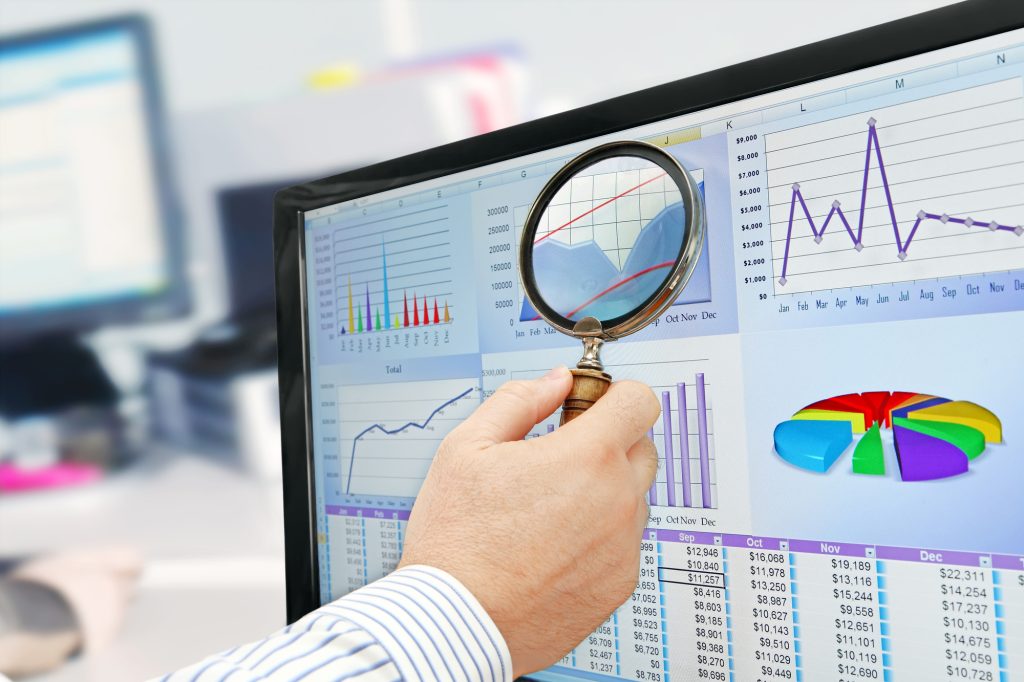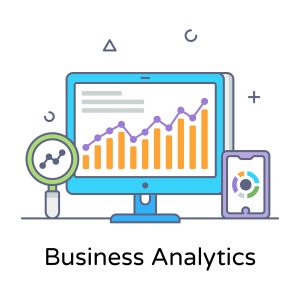 Today’s laboratories are under significant pressure to do more than ever before, and in less time. At the same time, research methods and evolving market demands are becoming increasingly complex.
Today’s laboratories are under significant pressure to do more than ever before, and in less time. At the same time, research methods and evolving market demands are becoming increasingly complex.
In this environment, it’s becoming evident that the “Laboratories Most Likely to Survive” are those that use their data assets and artificial intelligence (AI) techniques to work faster and more effectively.
Until now, the lab operator’s relationship to his or her data has typically been limited by preset LIMS dashboards and reports. The data itself, often unstructured and siloed from other enterprise systems, hasn’t always been accessible without an expensive and tactical data modeling exercise. It’s been difficult to leverage AI across the laboratory and to include data assets from around the enterprise for a 360° view of the organization’s processes.
This reality is changing fast as AI and machine learning (ML) are being deployed in the laboratory. We now live in an age of digital data. Companies that aren’t using their data to their advantage are already starting to fall behind their peers, and risk becoming obsolete in a changing world.
But as important and powerful as data is for every business, it’s only useful if you know how to organize and work with it in the right way.
Business Intelligence is Smart Business
Depending on how you see it, Big Data is either a huge headache or the world’s greatest opportunity. On the one hand, there’s more potentially useful information points out there than ever before. But on the other hand, there’s a lot more noise obscuring that useful signal than ever before.
Business Intelligence (BI) is one of the most valuable tools for cutting through that noise, as well as communicating your discoveries to others more effectively. BI isn’t new, but the way it’s being used has changed significantly in recent years. That’s because the massive amounts of data we now have access to — not to mention their ever-increasing complexity — have made it impossible to sift through the billions of data points we generate every day without the help of AI and ML.
BI solutions empowered by these technologies help you to pinpoint the data that matters, keeping you from being overwhelmed. They can also help you make better-informed decisions, improve operations efficiency, and uncover insights into current and past trends.
Working with BI-based key performance indicators (KPIs) gives you the ability to set actionable goals. In turn, this will accelerate your overall success by helping you to formulate more effective strategies and more efficient ways to work towards essential benchmarks.
In addition, a good BI platform also makes it easier to make the most of your data by providing intuitive ways to visualize it. Effective dashboarding enables a comprehensible story to be told by mountains of raw or analyzed data that would otherwise be meaningless.
Making Sense of the Data
 While BI is often used as a foundation to answer complex questions, a more advanced tool known as Business Analytics (BA) serves another useful purpose. BA applies quantitative methods to derive meaningful insights from your data. It utilizes a variety of strategies and technologies to explore and extract insights and performance from historical business information, enabling you to successfully drive future business plans, meet customer needs, and increase productivity.
While BI is often used as a foundation to answer complex questions, a more advanced tool known as Business Analytics (BA) serves another useful purpose. BA applies quantitative methods to derive meaningful insights from your data. It utilizes a variety of strategies and technologies to explore and extract insights and performance from historical business information, enabling you to successfully drive future business plans, meet customer needs, and increase productivity.
According to the Harvard Business School, there are four primary methods for conducting BA:
- Descriptive: The interpretation of historical data to identify trends and patterns
- Diagnostic: The interpretation of historical data to determine why something has happened
- Predictive: The use of statistics to forecast future outcomes
- Prescriptive: The application of testing and other techniques to determine which outcome will yield the best result in each scenario.

Effectively Integrating BI and BA
The vast amounts of data BI and BA tools need to sift through today often require purpose-built solutions to effectively provide useful insights. As a result, most modern analytical and intelligence tools are stand-alone applications that must either be fed by external data sources or integrated via costly and limited interfaces. What’s more, the data is often forced through systems that focus on providing answers to specific questions while ignoring others, making the platform inflexible at best.
The LabVantage Analytics Laboratory Performance Optimizer (LPO) solution offers a more integrated and streamlined approach to BI and BA, driving down costs while improving your lab’s process efficiency. By consolidating disparate data from different systems and leveraging AI, LPO optimizes the process and provides a complete view of the lab.
Key components of this solution include:
- Laboratory Performance Analyzer —provides a consolidated view of inter‐related laboratory data and analyze datasets.
- Instrument Monitoring —enables laboratory personnel to connect, collect, and collate data from the laboratory instruments, while providing insights on instrument health and proactive failure alerts.
- Quality Tracking and Management — includes statistical process control (SPC) analysis, charting, reporting, and more.
- Lab Disposition Recommender —enables dynamic routing of lab requests across various entities and work areas.
- Lab Resource Optimizer —focuses on better optimization of material resources and human resources.
With LPO, labs are able to achieve new performance benchmarks. The system creates meaningful insights from data to identify the next best actions. This visibility and the optimization functions available empower modern laboratories to achieve more, and to do it faster while reducing cost and improving decision-making.
Contact us today to learn how you can make full use of the mountains of data you’re already collecting by deriving advanced insights from your business and lab processes.

